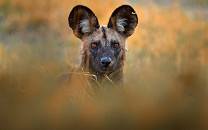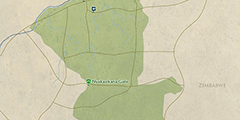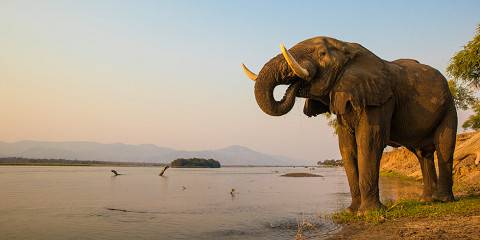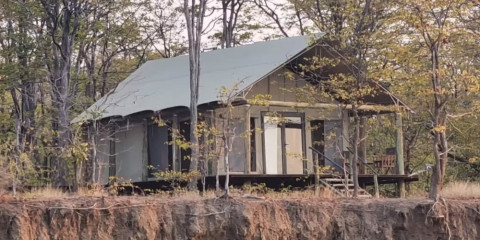Mana Pools National Park, a Unesco World Heritage Site, protects a pristine wilderness area along the lower Zambezi River. Roamed by four of the Big Five (no rhino), it is one of the best places in Africa for and , which are led by experienced professional guides. For this reason, the park is highly recommended to adventurous travelers seeking an immersive bush experience.

-
Best Time To Go
- June to October (Best wildlife viewing)
-
High Season
- July to September
-
Size
- 2,196km² / 848mi²
-
Altitude
-
329-1,180m /1,079-3,871ft
 View Photos
View Photos
 View Photos
+24
Photos
View Photos
+24
Photos
 Open Map
Open Map
Pros & Cons
- Top wildlife viewing with four of the Big Five present (no rhino)
- Some of the best guides in Africa work here
- Guided and are a major attraction
- Unguided walking is permitted, though not necessarily recommended
- Excellent river fishing
- Great birding destination
- Less accessible than some other parks in Zimbabwe (4WD vehicle is essential)
- The limited road network may frustrate those who prefer to walking
- Difficult to visit in the Wet season
Wildlife
The park is home to most big safari animals. The endangered black rhino has become locally extinct, but most visitors will encounter at least one of the big cats. Large herds of buffalo and elephant roam around the . The river teems with crocodiles and hippos. Wild dogs are resident in the area as well.
More about Mana Pools’ wildlifeScenery
‘Mana’ is the word for ‘four’ in the local Shona language, and the park’s name refers to a group of four oxbow lakes set on a baobab-studded stretch of the Zambezi . Ironically, despite their high billing in the park’s name, these pools often dry up during the peak tourist season. A more reliable scenic highlight is the Zambezi River, a mesmerizing African waterway whose islands and sandbanks are lined with lush set below a mountainous .
Activities
The main activities are guided and . It is possible to do one or the other exclusively, but many guides recommend a hybrid that involves driving to a specific hot spot or until promising tracks are located, then setting out on foot. Unguided walking, though permitted, is not recommended unless you have significant bush experience. Many camps offer , which are a wonderful experience, but do check availability in advance.
Weather & Climate
The weather at Mana Pools is most pleasant in the first few months of the Dry season, which runs from April to October. There can be a bit of dust in the air at this time of year, but overall the conditions are very agreeable. October and early November (before the rains break) are also dry, but temperatures skyrocket and it can become intolerably hot. Rain is a near-daily occurrence during the Wet season (November to March), and humidity hangs in the air.
More about the weather and climateBest Time To Visit
Wildlife viewing at Mana Pools is best during the Dry season (April to October), when the sky is clear and animals cluster on the Zambezi to stay hydrated. Generally wildlife numbers increase as the Dry season progresses, peaking from June onward. If you do decide to visit during the rainy months, be prepared for stifling conditions and the potential frustration of getting stuck on muddy roads. Most camps close from November to April.
More about the best time to visit


